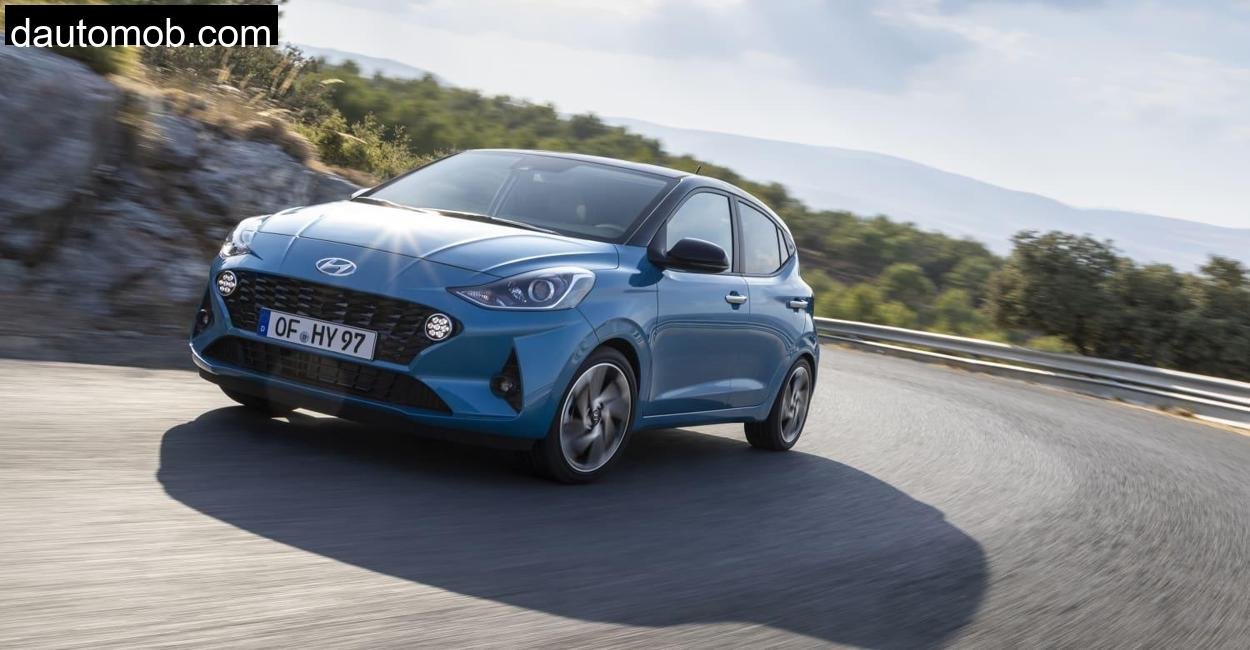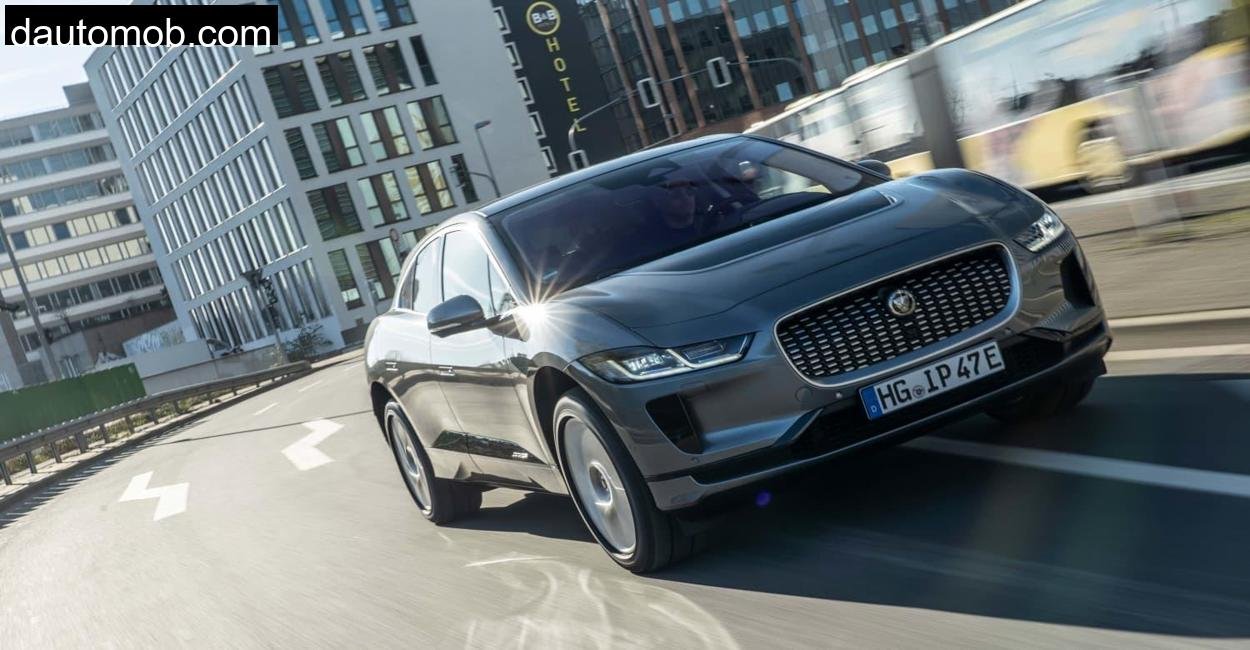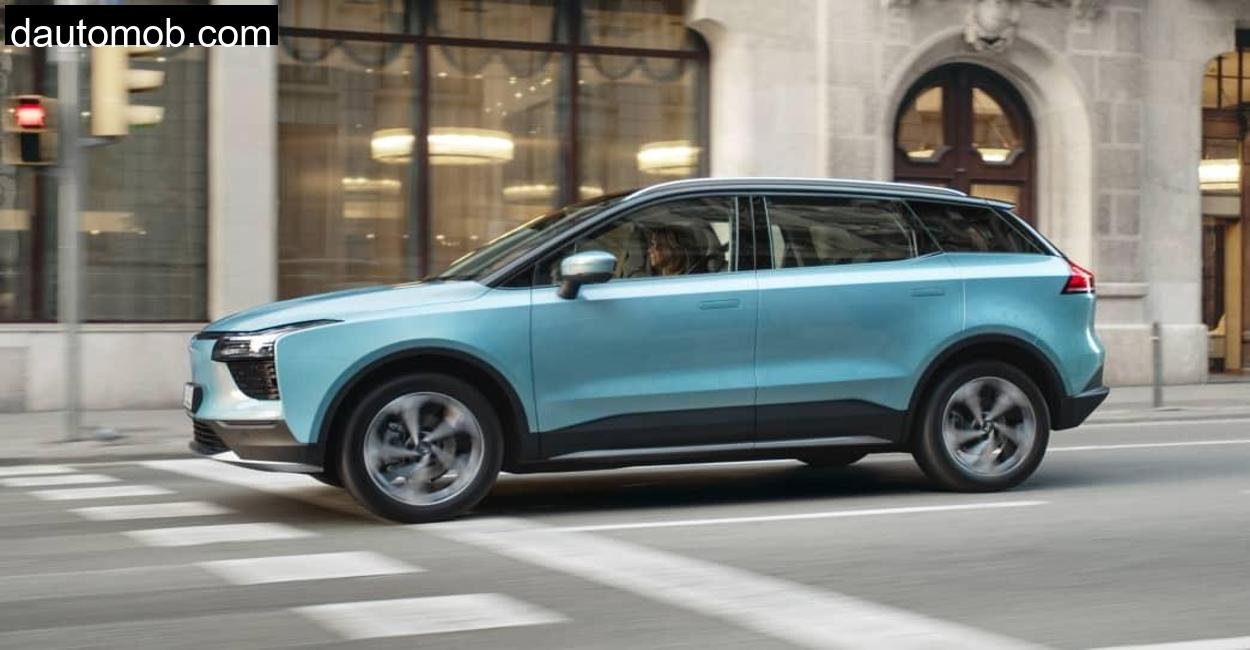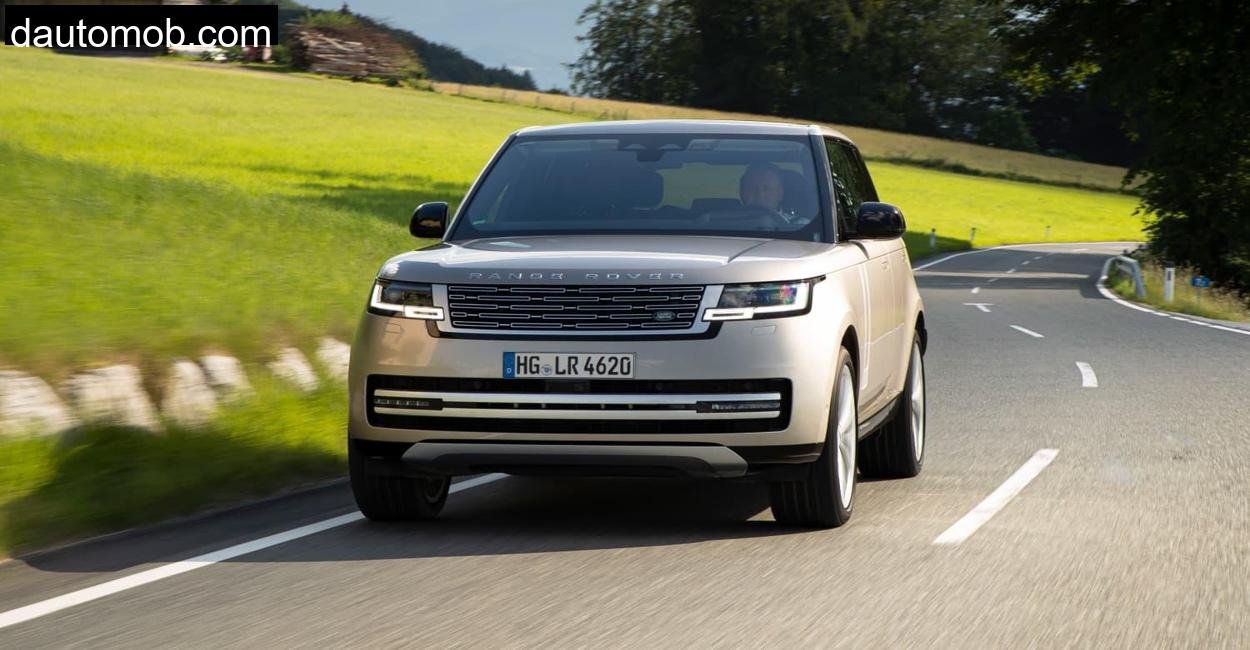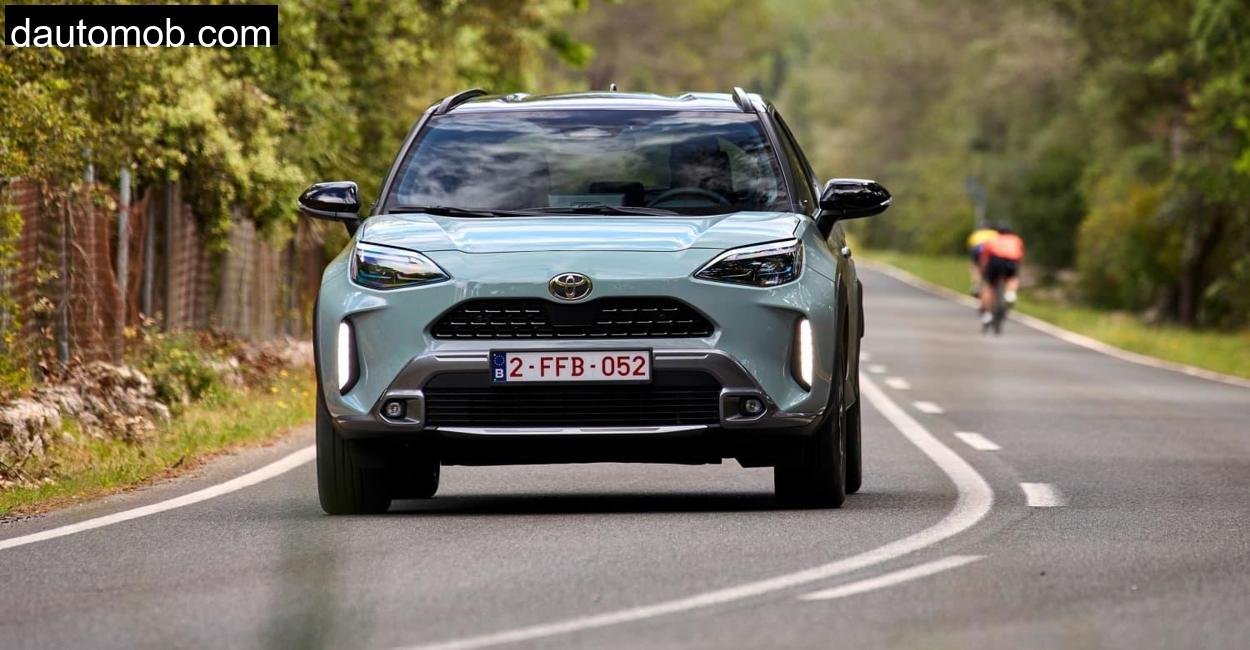It was early spring in Germany’s Bergisches Land, that gently rolling region northeast of Cologne where the half-timbered houses still whisper stories from the past, and narrow winding roads snake their way through ancient woods and sleepy villages. I had just picked up the latest Hyundai i10 from a dealership in Wuppertal, and I knew immediately this was going to be more than just another test drive.
The third-generation i10 may be compact in size, but from the moment I got behind the wheel, it was clear this car is no lightweight when it comes to comfort, equipment, and performance. Especially for a small combustion-engine car in a time when many manufacturers are retreating from this segment, Hyundai’s continued dedication feels almost rebellious.
The Bergisches Land, with its mix of inclines, tight corners, and open stretches, proved to be a perfect testing ground. But before diving into the experience, let’s get the technical specs out of the way:
Small Car, Big Character
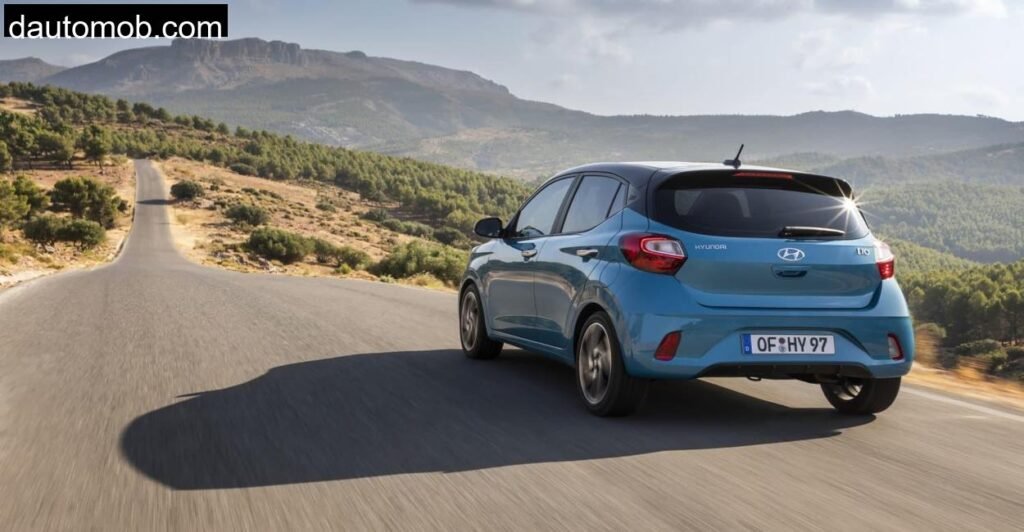
From the outside, the i10 N Line presents itself with a cheeky charm. It’s wide, low, and thanks to the N Line trim, comes with sportier bumpers, a twin exhaust pipe, and special LED lights that set it apart. In Mangrove Green, the car almost shimmered in the morning light. Slipping inside, I was met with a surprisingly spacious and modern cabin. There’s still a lot of plastic, sure, but it’s all well put together, and the red accents on the seats and air vents add a sporty touch.
The driving position is high enough to offer great visibility, a real bonus when darting through tight village lanes or squeezing into small parking spots. The only miss? A steering wheel adjustable only for height, not reach, something taller drivers might frown at.
Through the Forest Roads and Village Streets
Leaving the town and entering the wooded outskirts, the i10 N Line really began to shine. The 100-hp turbocharged engine offers lively acceleration. It won’t throw you back in your seat, but it’s eager, energetic, and more than capable of handling hills or overtaking with confidence. Between Rösrath and Lindlar, the tight bends were an invitation to play, and the i10 gladly accepted.
The manual gearbox felt slick and precise, and the steering, though light, offered enough feedback to make the drive enjoyable. On rougher roads, the i10 does bounce a little over short bumps, but it never felt unsettled. Its short wheelbase and compact size made it agile and nimble, a joy to maneuver even through the steepest and narrowest lanes.
Living With It: Everyday Practicality
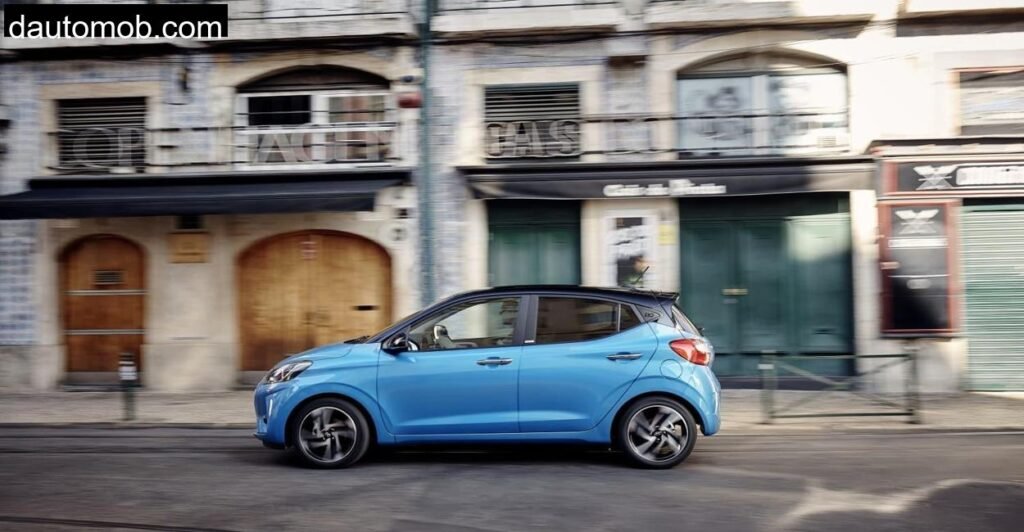
Pulling into the small town of Wipperfürth, I parked near the market square. A quick glance around reminded me why cars like the i10 still matter: in these old European towns with tight alleys and minimal parking, anything bigger would feel like a tank.
Opening the rear doors, I was genuinely surprised by the space. Two adults can sit reasonably comfortably in the back, and the boot, while not huge, swallowed up my weekend luggage without complaint. Fold the seats down, and there’s enough room for a decent IKEA run.
Visibility is excellent thanks to the lower window line and thinner pillars, and the tech inside really makes life easier: an 8-inch touchscreen, Apple CarPlay, a rearview camera, wireless charging, and heated seats, features I honestly didn’t expect at this price point.
Safety and Assistance, A Segment Leader
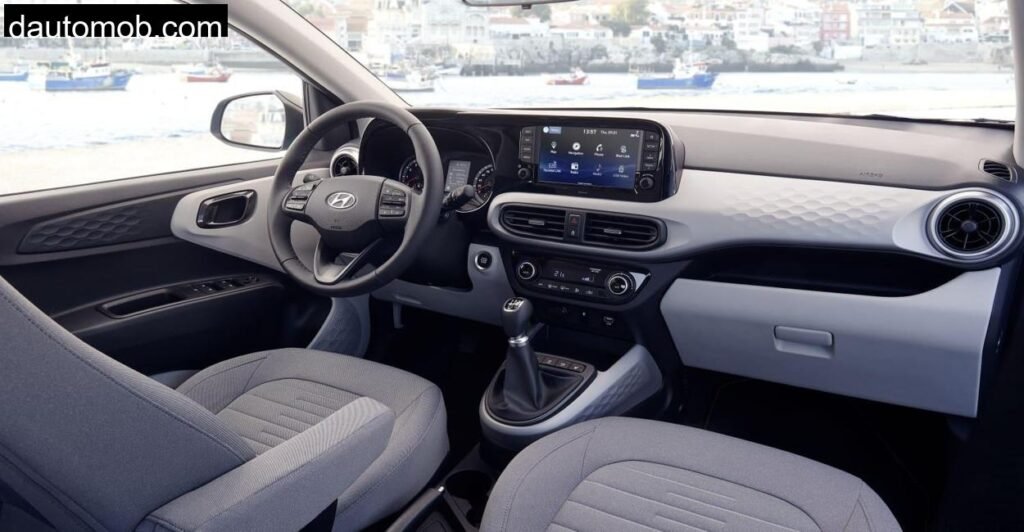
Hyundai isn’t just throwing around comfort features either. The i10 boasts an impressive suite of safety tech as standard. Lane keeping assist, forward collision warning with pedestrian and cyclist detection, high beam assist, and even Driver Attention Alert are all included.
On a cold morning near Schloss Burg, I particularly appreciated the heated steering wheel and seats, luxuries in a car this size. The lane following assist was especially helpful on the B237 stretch, gently nudging the steering wheel to keep me centered. It felt reassuring rather than intrusive.
Performance and Fuel Economy in the Real World
Let’s talk real-world consumption. Over a weekend of mixed driving through hills, highways, and city roads, I averaged about 5.8 liters per 100 km, not far off Hyundai’s claim and perfectly acceptable given the spirited driving I indulged in.
The i10 N Line isn’t a sports car, but its performance is punchy enough to make daily commuting fun. It handles highway cruising at 130 km/h with surprising composure, and even at those speeds, wind and road noise remain relatively subdued. I did notice the engine getting vocal when pushed past 4000 rpm, not annoying, but definitely audible.
Technical Specifications of the Hyundai i10 (N Line 100 hp Manual)
For accuracy and reliability, all technical info is sourced instantly from the official websites of Hyundai.
| Feature | Specification |
| Engine | 1.0-litre turbocharged 3-cylinder |
| Power | 100 hp (74 kW) |
| Torque | 172 Nm |
| Transmission | 5-speed manual |
| 0–100 km/h | 10.5 seconds |
| Top speed | 185 km/h |
| Fuel consumption | 5.6 l/100 km |
| Trunk volume | 252–1050 liters |
| Length | 3.67 meters |
| Wheelbase | 2.43 meters |
| Curb weight | Approx. 1000 kg |
Final Thoughts: The Spirit of Simplicity
As the weekend drew to a close and I steered the little Hyundai back toward Wuppertal, I realized I had grown quite fond of it. The i10 doesn’t pretend to be something it’s not. It’s not luxurious, not high-performance, and certainly not electric. But what it is, is honest.
It’s a well-built, well-equipped, and charming little city car that doesn’t shy away from longer trips or countryside adventures. It fits perfectly into the rhythm of everyday life in towns like those scattered across the Bergisches Land, and it does so with character.
For buyers seeking a compact yet modern petrol-powered car with solid features and more fun than you’d expect, the Hyundai i10 remains a top contender.
What is the real-world fuel economy of the Hyundai i10 N Line?
In mixed driving conditions, I averaged around 5.8 l/100 km.
Is the Hyundai i10 spacious enough for families?
It’s suitable for couples or small families. Rear space is better than expected, but it’s not ideal for regular long-distance trips with four adults.
How does the Hyundai i10 handle on highways?
Surprisingly well. It feels stable at 120–130 km/h, with decent noise isolation and good straight-line stability.
